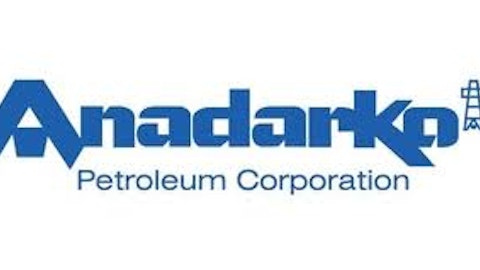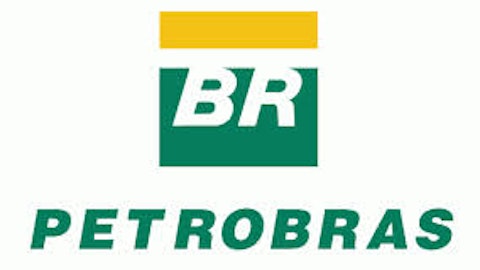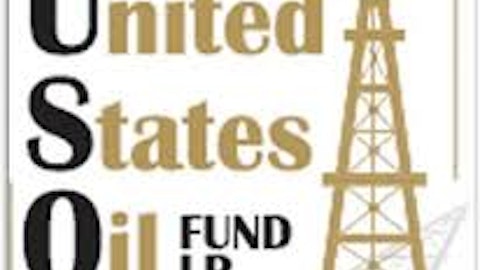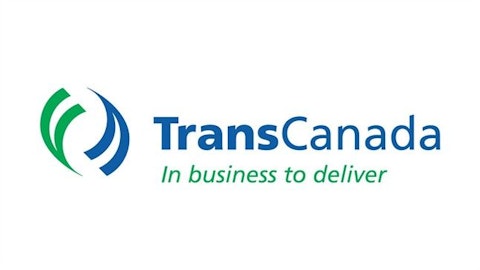The Gulf of Mexico is witnessing a revival in drilling activity, and investors should take note of what could be the beginning of a highly profitable strategy for exploration and production companies.
The facts
According to the latest weekly rig count published by Baker Hughes Incorporated (NYSE:BHI), there are 57 rigs actively exploring for oil and gas in the Gulf of Mexico. However, what’s notable is that 43 of these rigs are exclusively drilling for oil, a figure not exceeded since March 2001.
Afforded by today’s $100 per barrel crude oil, exploration and production companies are quietly raking up the rig count in ultra-deepwater exploration activities in the Gulf. Is the latest development a flash in the pan, or does it signal the beginning of an unmistakable trend?
Below are two reasons why the latest expansion in oil drilling activity in the Gulf could likely turn out to be lucrative for E&P companies:
1. A meaningful addition to existing production volumes
Almost all Big Oil companies are struggling to maintain production levels. Their huge legacy asset bases, which pumped out millions of barrels of oil in the last three decades, are not the same anymore. These vast oilfields now require higher maintenance — and, therefore, a higher maintenance capital expenditure — to ensure that production volumes do not diminish drastically.
Big Oil companies, which generally ride higher crude prices to generate profits, do not find it economically viable to spend more on these declining reserves in order to coax out more oil. With the WTI benchmark trading at a substantial discount to the internationally traded Brent for the last couple of years, the U.S. earnings of large E&Ps took a major hit in this period. Large E&P companies, especially Big Oil, cannot afford to indefinitely sustain production levels by spending more on depleting reserves.
This leads to my next point.
2. In the long run, ultra-deepwater drilling is likely cheaper than shale oil drilling
Ultra-deepwater exploration activities are technologically complex, with billions of dollars required per project in initial investment. However, these fields have production lives spanning between 20 and 40 years. Each of the larger deepwater fields (more on that later) holds billions of barrels of oil in recoverable reserves. Once production commences, the wells should continue pumping oil at a constant rate for a long period.
This, however, is not the case with unconventional shale drilling. Since these unconventional resources basically involve oil and natural gas trapped between layers of rock formations, multiple wells are required to be fracked at the same spot in order to extract commercially viable amounts. This actually leads to considerable risk of faster-than-expected production declines. In other words, there’s no guarantee of sustained production levels over a period of 20 years.
The technological complexities involved in shale drilling are no less than those involved with ultra-deepwater drilling and, hence, the costs involved. Economics will likely favor offshore drilling in the long run.
Players to watch out
Since the initial amount required as investment is huge, companies with deep cash reserves and greater flexibility in the financial markets stand out. Also, some of the Big Oil companies are desperately looking to add to their depleting reserves. And the replacement reserves have to be substantial. The ultra-deepwater resources in the Gulf of Mexico could be the answer to lagging production volumes.
Exxon Mobil Corporation (NYSE:XOM) has started developing the Julia oilfield at a cost of about $4 billion. Initial production — at 34,000 barrels per day, or bpd — is expected to commence by 2016. Located more than 30,000 feet below the ocean’s surface, the Julia oilfield is estimated to hold almost 6 billion barrels. Exxon Mobil Corporation (NYSE:XOM)’s net acreage in the Gulf stood at 2.1 million acres at the end of 2012.
Chevron Corporation (NYSE:CVX) is a classic example of a supermajor that has been lately struggling with natural field declines. However, the San Ramon-based company is pinning hopes on the$7.5 billion development of the Jack and St. Malo fields, with 50% and 51% operating interest, respectively. These are expected to come online by next year, and the maximum initial daily production from these fields is expected to be around 94,000 barrels. Petroleo Brasileiro Petrobras SA (ADR) (NYSE:PBR) holds a 25% stake in the St. Malo field.
Chevron Corporation (NYSE:CVX) is also continuing with its development of the Caesar/Tonga, Big Foot, Mad Dog, and Tahiti oil fields in the ultra-deepwater frontier of the Gulf. These fields are estimated to start producing by next year, and have production lives between 20 to 30 years. In the first quarter, the company announced another major discovery in the Coronado prospect of the Gulf.
Another Big Oil company with promising prospects in the Gulf is Royal Dutch Shell plc (ADR) (NYSE:RDS.A). When it comes to offshore production, this company has always been a game changer. The company is currently developing the Stones ultra-deepwater project, with an expected initial daily production of 50,000 barrels of oil equivalent. The Stones field potentially holds 2 billion boe. Earlier this week, Shell announced another successful appraisal well at Vicksburg in nearly 7,500 feet of water. Vicksburg potentially holds more than 100 million barrels of oil equivalent, complementing the nearby Appomattox field, which holds an estimated 500 million boe.
Investors should also keep an eye on Apache Corporation (NYSE:APA), which bought 14 blocks — nine shallow water and five deepwater blocks — in March for more than $1.2 billion. Apache Corporation (NYSE:APA) is the largest leaseholder in the Gulf of Mexico continental shelf, with working interests in more than 500 blocks.
Foolish thoughts
The ultra-deepwater prospects in the Gulf of Mexico look hugely promising. The reason is that $100-dollar-a-barrel crude oil is here to stay.The fact that the super-major E&P companies are spending billions suggests that these are long-term investments. Expect more oil-focused drilling in the Gulf, coupled with higher rig counts.
The article 2 Reasons Why Gulf of Mexico Is Back in Business originally appeared on Fool.com and is written by Isac Simon.
Fool contributor Isac Simon has no position in any stocks mentioned. The Motley Fool recommends Chevron and Petroleo Brasileiro S.A. (ADR). The Motley Fool owns shares of Apache.
Copyright © 1995 – 2013 The Motley Fool, LLC. All rights reserved. The Motley Fool has a disclosure policy.






